The family garden, a place to retreat, rest, and snack. It is a rejuvenating space, even with the work and effort involved. Growing your own food, and enough food to feed your family for a year is a lofty, but achievable, goal.
With winter already drawing to a close in warm growing zones, and with a few months left in cooler growing zones, it’s time to think about garden planning. Whether you’re planning food for just yourself, or planning a multi-generational family garden, there are ways to grow enough food for a year, in your own backyard.
If you’re in a small yard, or an apartment, you can still grow some of your own veggies. You’ll use a year-round focus with sprouts, microgreens, or maybe a small hydroponic garden set-up, with lots of containers or window-boxes. The amount of outdoor space you have does not have to dictate how much food you can grow.

Food to Grow in a Family Garden:
The first rule of a family garden is to grow what your family will eat. There’s no need to grow a ton of beets, if your family doesn’t enjoy eating beets, but prefers carrots. There’s no need to grow a ton of eggplant, if your family hates eggplant and only likes peppers and tomatoes.
On the other hand, if your kids hate veggies, get them involved with the seed and variety choice. They may actually like the vegetables that they chose to grow as part of the gardening experiment. Encourage everyone to be involved with the planning so that everyone in the family has the feeling of being part of something amazing.

What to Plant and How Much:
In the middle of winter, it’s tempting to plan your harvest for 1/2 a cup of veggies, per person, for two meals a day from the garden. But that can be overwhelming, when you start to do the math. Instead it’s better to look at what you actually eat and how it’s preserved.
How much frozen veggies do you consume? 1 bag of broccoli and cauliflower per week? per month? How much peas, carrots, tomatoes does your family eat in a week or in a month? How frequently do you make pasta and use tomato sauce in a month? Do the math. If you use a 1 pound bag of broccoli each week, you’ll use 52 pounds of broccoli in a year. That’s a lot of broccoli.
Don’t forget to include perennial garden friends like strawberries or raspberries in your calculations. Do you enjoy frozen fruit in smoothies? or do you only use fresh fruit? Consider this as you decide how much garden space to devote to berries and other fruit.
One resource I’ve found to help with these calculations is the “Family Garden Plan” by Melissa Norris. It has charts to help you track your veggie and fruit consumption over a month, to help you determine the most accurate veggie numbers for your family. The easiest way to determine these figures is to take your last month of food purchases, or meals that you remember, and pull the fruits and veggies from it. Omit any fruits or veggies that you can’t grow in your zone or area. Once you have these figures you can determine the number of pounds of fruit and vegetables you want to harvest from your garden. Add 20% to this figure to account for losses due to weather or pests — add one extra plant for every 4, for instance. If you end up with extra you can always share with a friend or neighbor. Don’t forget that some veggies, like lettuce, can be grown indoors all year long.
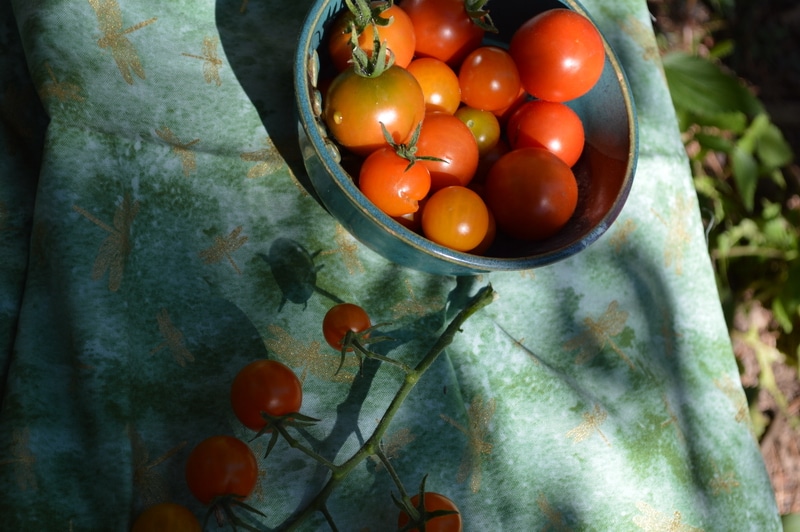
Annual Vegetables to Plant in Your Family Garden:
Tomatoes: For fresh eating over the summer, plant at least 2 plants per person of cherry or slicing tomatoes. If you want to make sundried or dehydrated tomatoes, tomato powder, or canned tomato sauce, increase the number of plants to 5 plants per person.
Cucumbers: Cucumbers produce between 3-5 pounds per plant. Plant 2-4 plants per person to haven enough cucumbers for fresh eating and pickling. Vary the type of cucumber and include slicing, munching, and pickling cukes in your garden planning. Dried and seasoned cucumber slices make great chips, and are an easy, non-pickle way of preserving cucumbers!
Eggplant: 1-2 plants per person will give enough for fresh preparation over the course of the summer, and some for preserving. Some smaller fruited varieties might be interesting to add variety. If your family really enjoys eggplant, increase the number of plants.
Beans: you need 10-15 plants per person of either bush or pole beans, for green beans, and additional plants if you want to save dried beans. Remember that beans make a great rotational crop as they fix nitrogen into the soil, they’re also great grown alongside crops like corn or squash that need higher nitrogen. They can also be used as a cover crop.
Corn: If you’re in a zone that can grow sweet corn, aim for 15 plants per person and plant in a block for wind pollination. Avoid growing more than one type of corn at a time, as corn cross pollination impacts the flavor and texture of the current year’s harvest. You can interplant beans with the corn, just wait till the corn is 4 inches tall and then plant the beans alongside to get a bigger harvest from the same ground. If your family garden has a shorter season, start the corn indoors and plant the beans alongside when you transplant it out at 4″ tall.
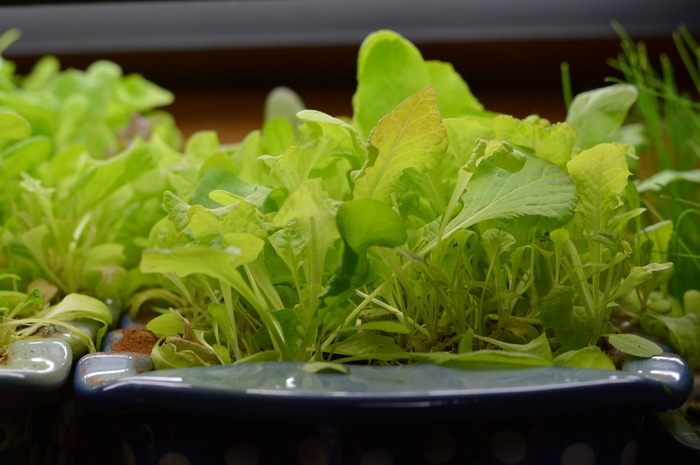
Greens: This includes lettuce, bok-choi, spinach, and any other type of leafy green you might grow. Aim for 5-10 plants per person, if harvesting as heads or whole plants. You can also use these greens as a cut-and-come-again bed for a longer harvest period. In this case, aim for a 4′ by 4′ area for a family of 4, or 4′ by 6′ if you eat a lot of fresh salads. You can rotationally plant lettuces among slower growing/heat loving plants, so that the greens are harvested before they bolt, and before the warmer weather crop takes off. For instance, interplanting lettuce with Kale or cauliflower. The lettuce will be harvested before the cauliflower has formed a head.
Brassica Plants: These include kale, cultice, kohlrabi, cauliflower, broccoli, cabbage, and brussels sprouts. Depending on what your family enjoys eating, plant 3-5 plants of broccoli, cauliflower, and brussles sprouts per person. These freeze easily and can form the backbone of your winter food preservation efforts. Plant 2-4 plants of cabbage per person, more if you like making sauerkraut. For kale, cultice, and kolrabi, aim for 5 plants per person. Of course, it’s your family garden, so add more of whatever plants you enjoy eating the most.
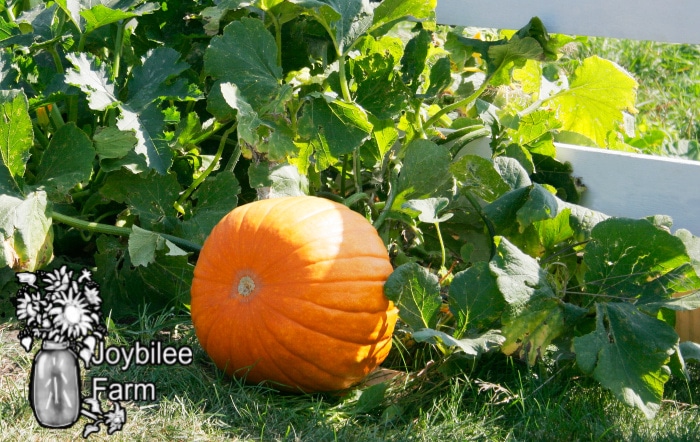
Squash: Squash often produce abundantly. If you enjoy pumpkins, butternut squash, winter squash, summer scalloped squash, and zucchini, keep some space in your garden for them. The recommendation is 1-2 plants per family member, per type you enjoy. For a family of four, I’d personally recommend 4-6 summer squash of at least two varieties, and 6-10 winter keeping plants of either pumpkin or winter squash like butternut. A garden cart can help with the harvest too.
The Melons: Each melon plant will produce an average of 2 melons, whether it’s a watermelon or a cantaloupe. Small sized varieties like tiger melon, or lemon drop watermelon will often produce two or more sets of fruit and give a more abundant harvest compared to full-sized varieties. I’d recommend 2 melon type plants per person, as long as you have space and your family likes the fruits.
Root Vegetables:
Garlic and Onions: Aim for 15 bulbs of each, per person in your family garden, unless you use a lot. Then increase to what you know you use. Here at Joybilee farm, we plant over 200 garlic per year, for two people, and usually have it used up before the next season’s garlic is ready. We use it in aioli sauce, dried garlic powder, honey fermented garlic, black garlic, and use fresh garlic every day in cooking. Heavy mulching can help control weeds, and protect overwintering garlic bulbs.
Leeks: These are a fun member of the alium family, like onions and garlic. They can function as a vegetable as well as a spice. Plan to grow 12-15 leeks per person. If you don’t use a lot of onion-y flavor, these can be substituted with chives too, grow three chive plants per family member in your family garden, to have ample for fresh eating all summer long.
Carrots: The “Family Garden Plan” recommends 25-30 plants per person. In my mind, that’s not enough carrots. So plant as many carrots, and types as you desire. But, the number does give a starting point.
Radishes: These are more of a fast spring crop, though there are winter keeping varieties like daikon. For small spring radishes I recommend 20-30 per person if you like radishes, and for winter keeping I’d recommend 10-15 per person. You only need one large radish like diakon or red-heart, for a meal. Diakon and other sweet radishes also make great veggie sticks and can be used for lacto-fermented kimchi.
Potatoes: These yield an average of 2 pounds per plant, so the recommendation is 12-15 plants per person. If you do potato towers, you can sometimes get a higher yield on fertile ground.
Rutabagas: 5-10 plants per person. These are a bit heavier rooted than turnips, but also sweeten up with frost. There keep well in a root cellar or an unheated basement room.
Turnips: 5-10 plants per person. However, turnips are good winter-keepers, and if you like frost-sweetened turnips you may want to plant more.
Parsnips: Recommendation is 10-12 parsnips per person these are another good winter-keeping root vegetable. They sweeten up nicely when baked, or when touched by frost.
Beets: Beets are high in antioxidants, and great in many fermented dishes, or pickled. Grow 36-40 beets per person, unless (of course) you decide that the giant heritage beets look like fun. Then you might want to plant fewer per person due to the giant beets size.
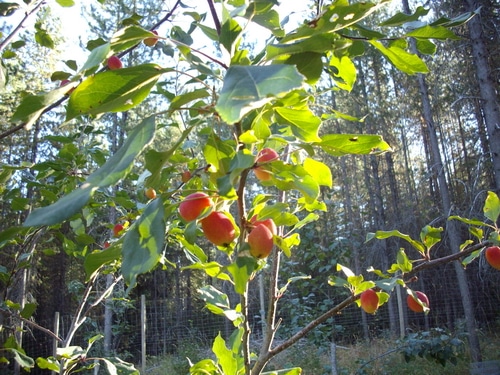
Perennial Plants for Your Family Garden:
Fruit Bushes: These include raspberry, blueberry, blackberry, black and red currents, and grape vines. Raspberries are smaller producers, so up to 20 canes per person can keep a family in raspberry preserves, frozen fruit, and other raspberry delicacies for a year. Other berry bushes and vines can be kept around 1-2 plants per person, unless your family really enjoys that specific fruit and you have the space.
Strawberries: If you enjoy strawberries, aim for 10-15 plants per person. Ever-bearing or a mix of ever-bearing and June-bearing will help spread out the berry harvest. For space constraints, strawberries do well in containers, and they can also be interplanted with other non-prickly perennials like asparagus.
Asparagus: Plan for 10-15 asparagus crowns per person. If you enjoy asparagus, you may want to increase the number since it is a perennial, and can be inter-planted with shallowly rooted plants like strawberries. See this article for specifics on interplanting asparagus with strawberries.
Fruit Trees: Add fruit trees as space allows. An average dwarf fruit tree can produce around 15 to 30 quarts of fruit per year. Many varieties need cross pollinators, so make sure to check what your specific fruit trees need. The number of trees you want will depend on species, desired production, and cross pollination needs. On average you’ll need two trees of different varieties, within the same species, with similar bloom time, for good pollination (unless your neighbors have a lot of fruit trees or flowering trees of similar family).

Herbs: Many herbs including lavender, mint, rosemary, sage, and parsley and dill, can either be perennial, short lived perennial, or perpetually re-seeding annuals or biannuals. One happy mint plant can keep a family in mint tea all year, as long as it’s in a good container. Lavender is a great bee attractant, and a few plants along a walkway can be very beneficial. I grow 5 sage plants, and at least 5 basil plants per year, interplanted with tomatoes and other plants that like them. I have a section of parsley that continually re-seeds itself every year, as I have first year and second year plants mixed together. Dill is another herb that will reseed itself and grow back in the same spot year after year. Here’s some other ideas for herbs to grow, both for your family, your health, and as companion plants.
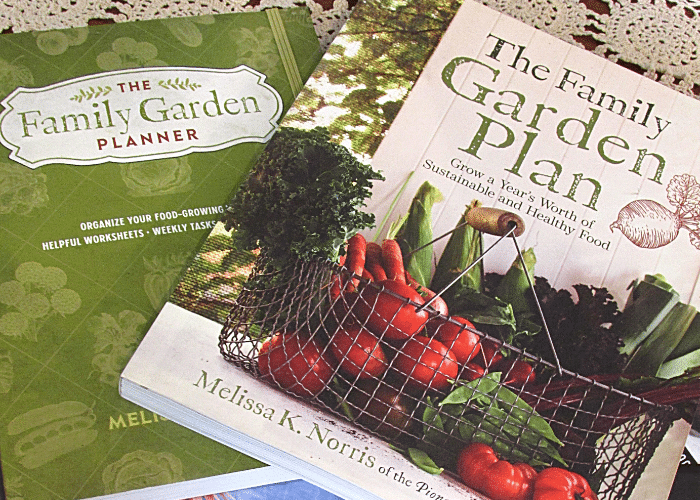
The Family Garden Plan: A Review
This book is a new favorite among my gardening resources, with information, charts, tables, and other planning help to allow you plan your family food garden. It actually comes as two books, “The Family Garden Plan” and “The Family Garden Planner” to guide you in planning your garden to produce all the fruits and vegetables you need to feed your family for a year. Don’t know how many packages of carrot seeds you need or how many zucchini to plant. This book guides you step by step in figuring out what your family will actually eat and how to translate that into your garden plan and seed orders.
“The Family Garden Plan” by Melissa K. Norris contains charts, and information to guide you in planning your garden, for this year, and many more to come. Many of the plant recommendations in this post are based in the recommendations in this book. It also contains information on vertical gardening, container gardening, putting in a new garden, and generally getting the most garden out of limited space, and limited resources.
Currently, it’s February and it’s time to start super slow growing seeds like hot peppers, some herbs, celery, and maybe even eggplant. The book has info on seed starting, lights, heat mats, and more to ensure your success. It also has transplanting information to guide you in transplanting your started seeds, or plant out starts you purchased.
Finally, it has information on natural pest control, harvesting, and preserving the abundant harvest.
And “The Family Garden Planner” has charts, planning pages, weekly task pages, and more to help you make sure your garden is working for you. Both of these books together, remove the gardening guesswork for yield and spacing, and bring your family garden to the next level. This is one resource you will want to have in your home library so you can write in it and use it for record keeping.

Check out the Family Garden Plan on Amazon and add this book to your garden library now.


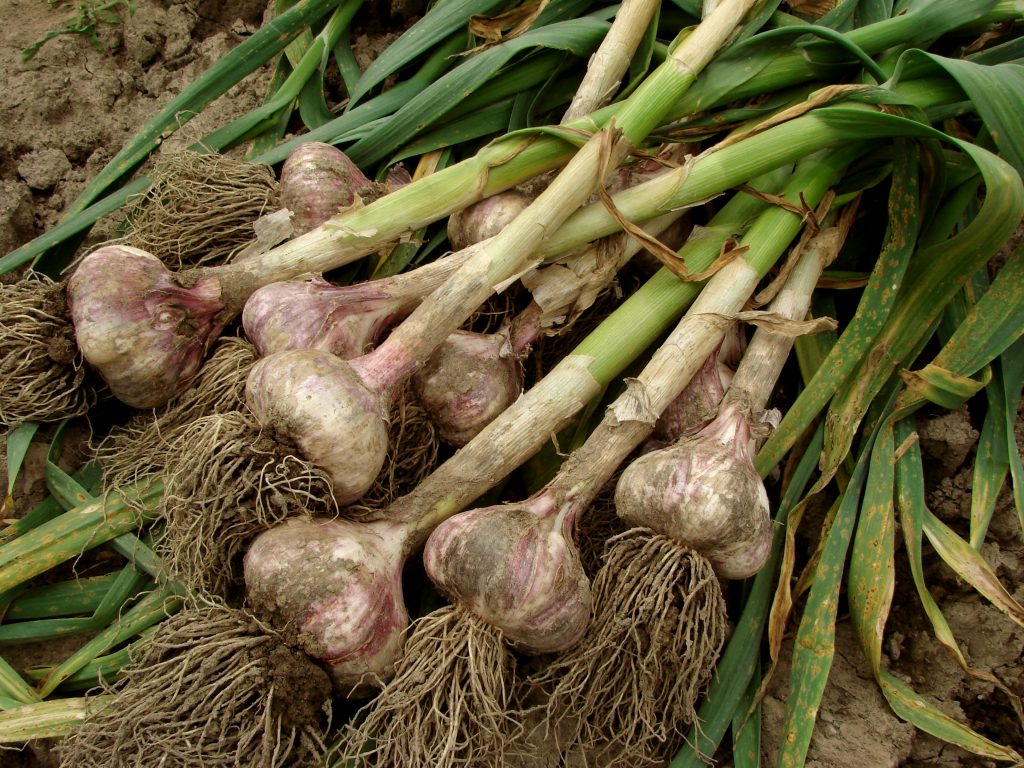
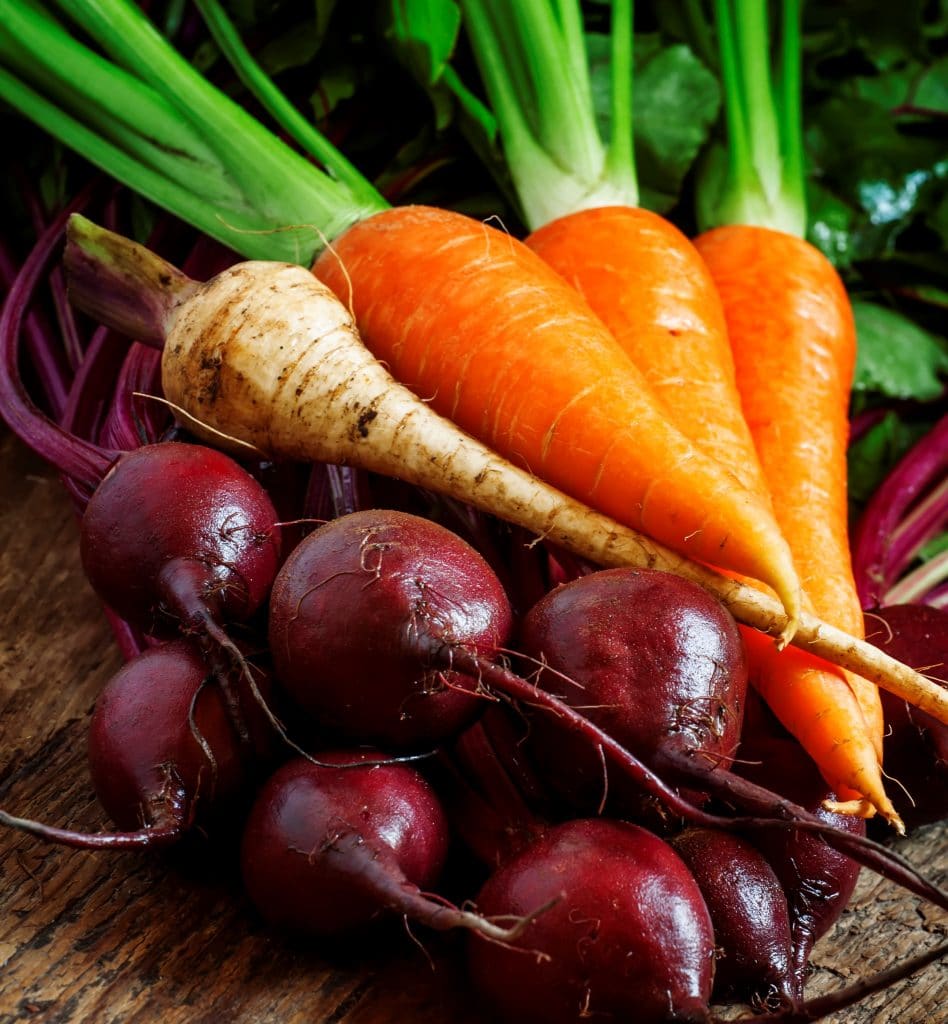

Its not an ad. No one paid me to write this post. It is a review of a book that I enjoyed and found helpful.
I didn’t realize this was an ad for the Family Garden Planner
THis was a very nice summary of Melissa’s Book! I follow her as well and enjoy all the helpful ideas on growing more of my own food.